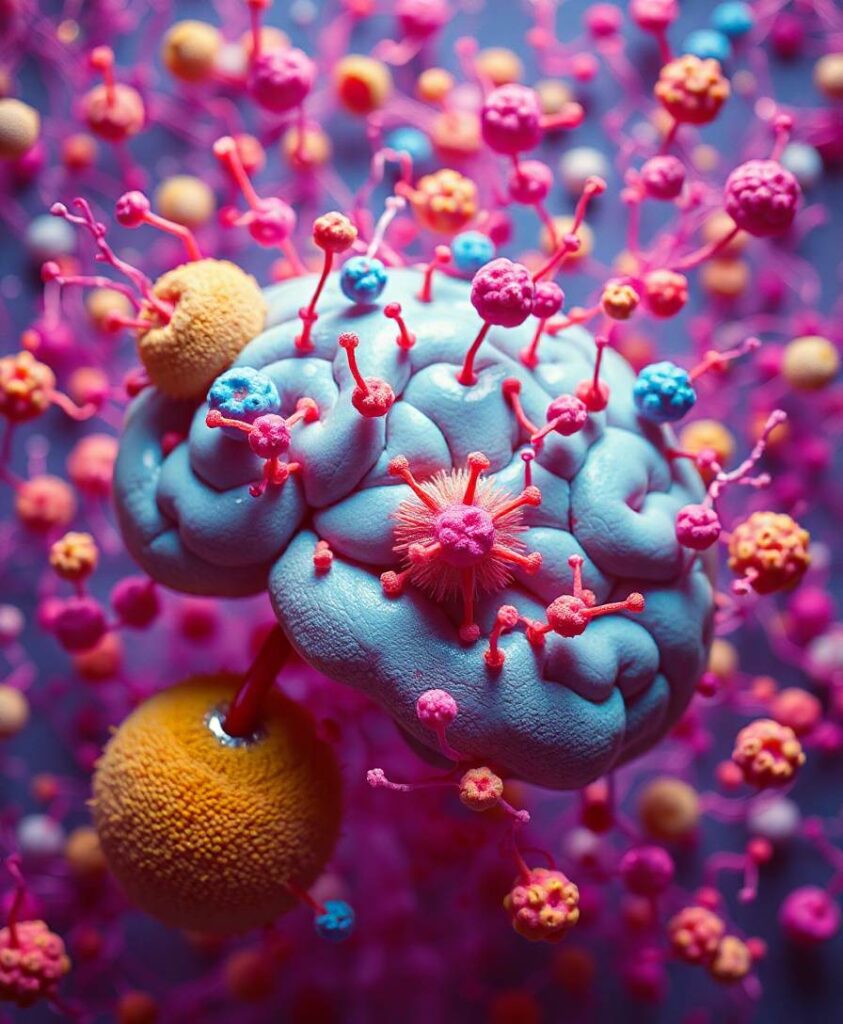IntroductionThe treatment with monosialotetrahexosylganglioside (GM1) improves the symptoms of Parkinson’s disease (PD). The alteration of DNA methylation in the blood was examined to investigate epigenetic modification by GM1 treatment.MethodsAfter a 28-day continuous intravenous infusion of GM1 (100mg), the motor and non-motor symptoms were evaluated by UPDRS III, Mini-mental state examination (MMSE) scores, FS-14, SCOPA-AUT, and PDQ-8. Moreover, blood samples were collected and PBMC was isolated. Genome-wide DNA methylation was performed by an 850K BeadChip. RNA levels and apoptosis were examined by RT-PCR and flow cytometry in rotenone-based cell models. The CREB5 plasmid was transfected by electroporation into SH-SY5Y cells. We also identified 235 methylation variable positions achieving genome-wide significance in 717558 differentially methylated positions (DMPs) (P = 0.0003) in comparison of pre-treatment with post-treatment measurements (statistical analysis paired-samples t-test).ResultsBy searching the Gene Expression Omnibus (GEO) dataset and GWAS, 23 methylation variable positions were screened. Moreover, there are 7 hypomethylated methylation variable positions correlated with the scores of motor symptoms (UPDRS III scale). According to KEGG pathways enrichment analysis, the methylated genes CACNA1B (hypomethylated), CREB5 (hypermethylated), GNB4 (hypomethylated), and PPP2R5A (hypomethylated) were enriched in the dopaminergic synapse pathway. Pretreated with GM1 (80 μM) for 1 h, cell apoptosis and impaired neurite outgrowth were inhibited in rotenone-induced PD cell models. The RNA expression of CREB5 was increased in rotenone-treated SH-SY5Y cells. GM1 treatment decreased rotenone-induced CREB5 gene expression. The enhancement of CREB5 gene expression suppressed the protective role of GM1 in rotenone-induced cell apoptosis.DiscussionThe application of GM1 improves the motor and non-motor symptoms of PD associated with the decreased CREB5 expression and the hypermethylation of CREB5.Clinical trial registrationhttps://www.chictr.org.cn/showproj.html?proj=120582t, identifier ChiCTR2100042537.



